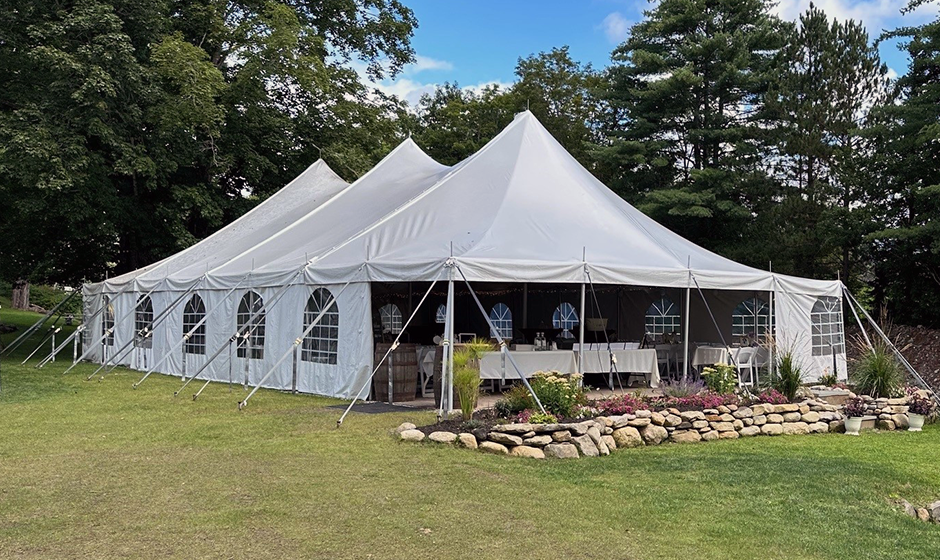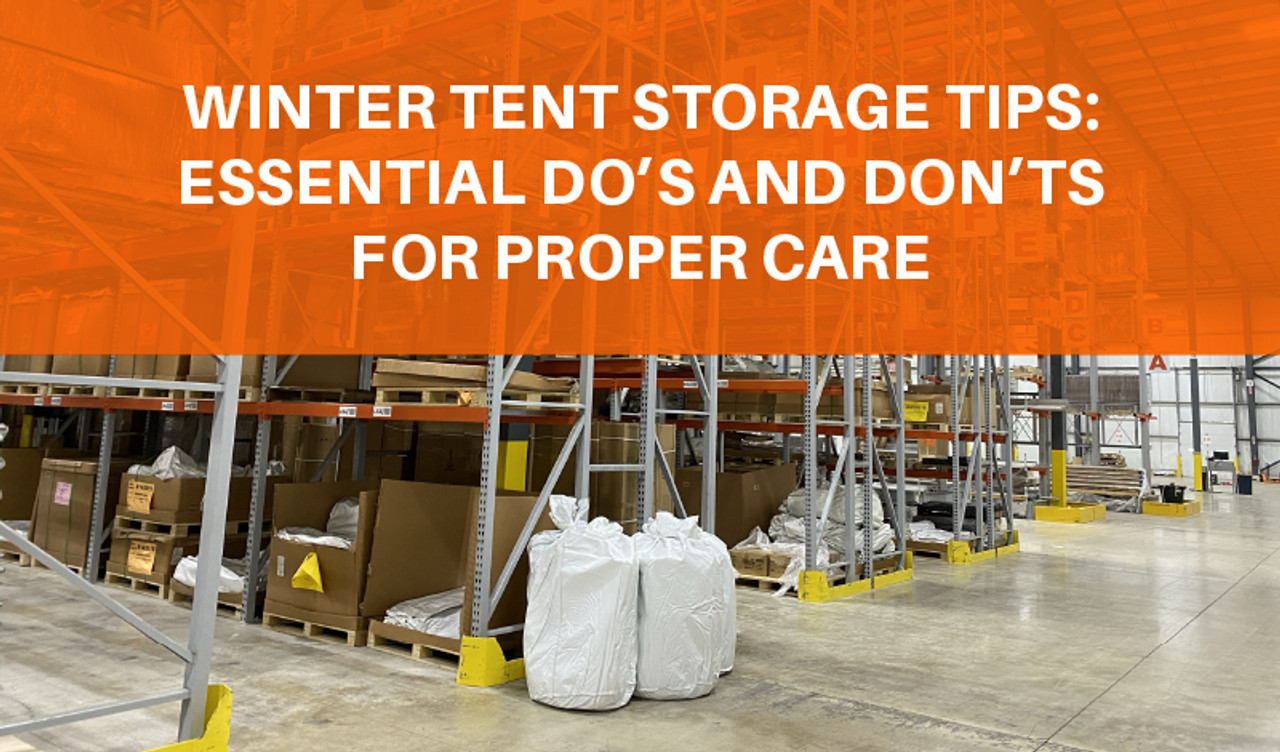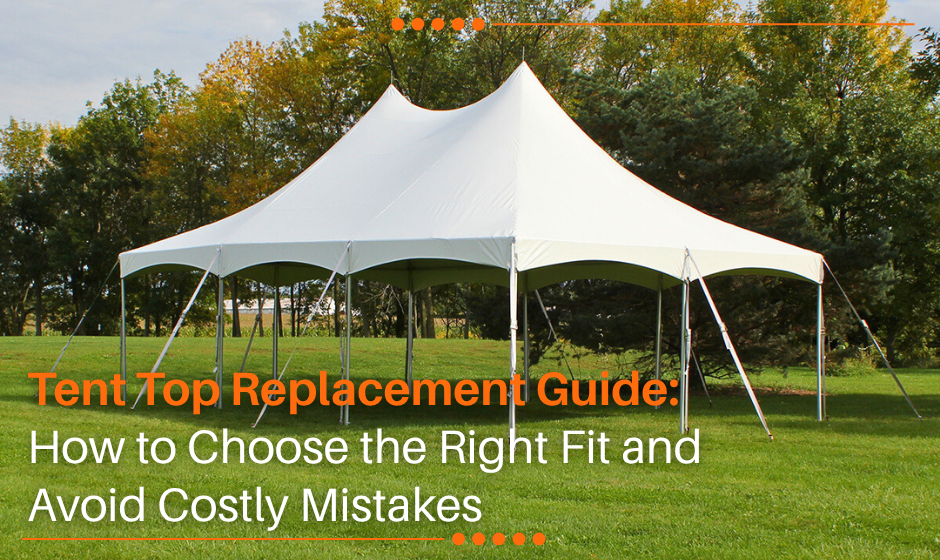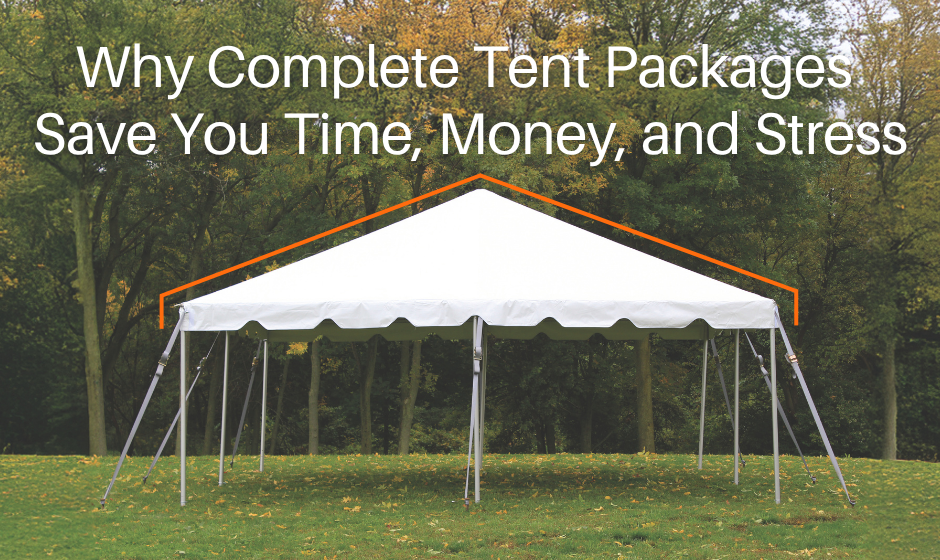Winter Tent Storage Tips: Essential Do's and Don'ts for Proper Care
As winter sets in, it’s time to ensure your tents are stored safely to prevent damage from moisture, mold, and pests. While storing tents may seem simple, a few key steps can significantly extend their lifespan and quality. In this guide, we’ll cover the essential do’s and don’ts for winter tent storage, so you can confidently protect your investment.
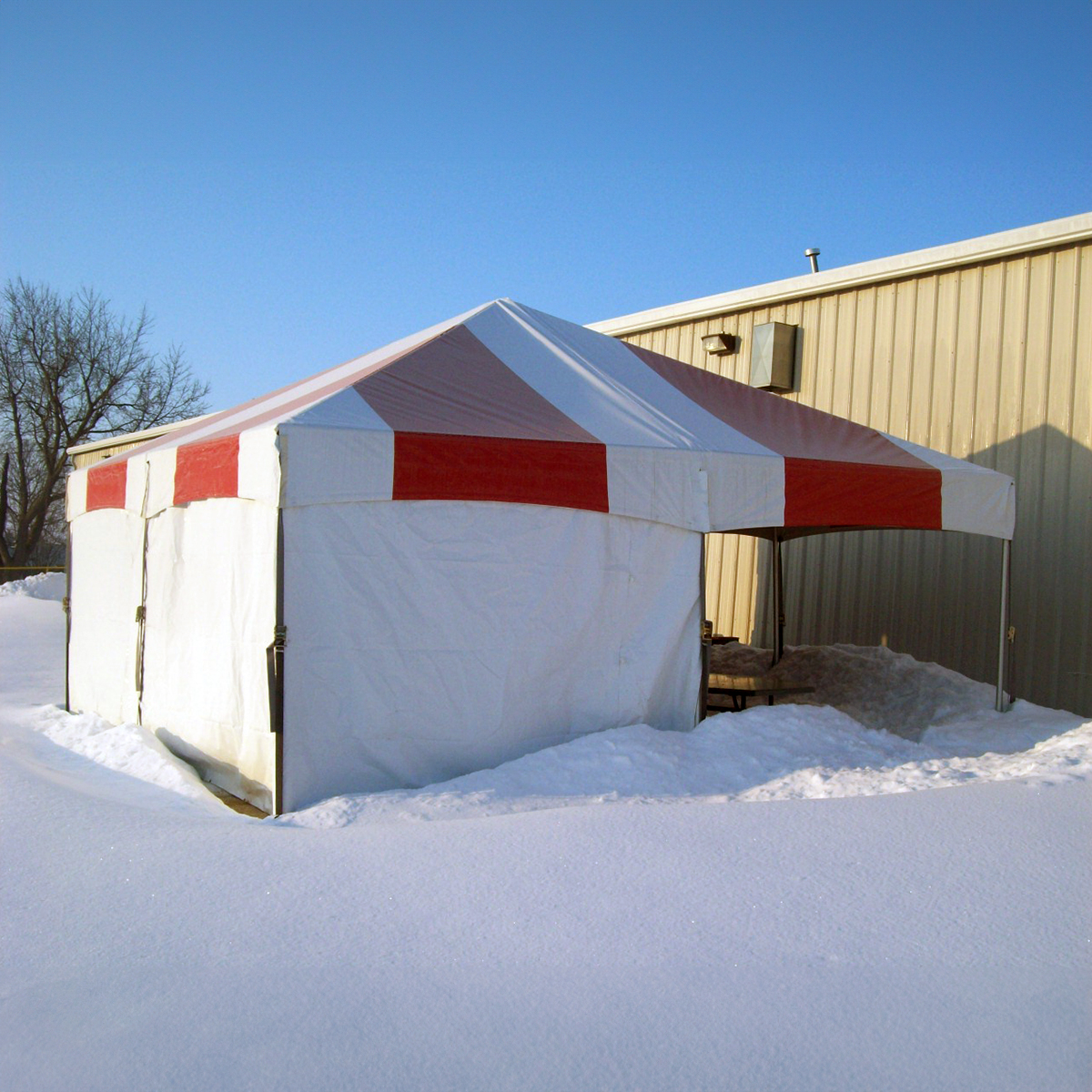
Do’s of Winter Tent Storage
1. Properly Pack Your Tent Panels for Winter Storage
- Dry Thoroughly: Before packing, make sure all tent parts are completely dry to prevent mold and mildew growth.
- Fold Correctly: Fold each panel carefully so storage bags fit snugly and seams aren’t stressed.
- Label Clearly: Use labels or tags on each item for easy identification next season.
2. Elevate Your Canopies Off the Floor
- Prevent Moisture Damage: Floors hold humidity; keeping vinyl off the ground reduces mold risk.
- Deter Rodents: Store on racks or shelves—rodents are less likely to nest above ground level.
3. Store in a Climate-Controlled Environment
- Keep It Dry: Choose a clean, dry space: no leaves, grass, or debris that trap moisture.
- Know the Limits: Surface mold on PVC often washes off; deep mildew in exposed scrim is nearly impossible to remove.
Don’ts of Winter Tent Storage
1. Avoid Storing Wet Canopies
- Dry After Events: If you struck in the rain, unbag and air-dry tops fully before long-term storage.
- Prioritize Drying: Drying is non-negotiable for preserving fabric integrity.
2. Don’t Store Tents Exposed to Weather
- Use Enclosed Storage: Garages, warehouses, or sheds protect from rain, snow, and wind.
- Minimize Exposure: Overhangs help, but full enclosure is best.
3. Don’t Forget Regular Check-Ins
- Inspect Periodically: Look for moisture, rodent activity, or damage every 4–8 weeks.
- Peace of Mind: Small fixes now prevent costly surprises later.
Contact Us
If you have any questions about tent care or need assistance, contact us at sales@gettent.com or call 1-814-830-8845. We’re here to help make your winter tent storage simple and effective.
FAQ
Why should I keep my tent off the floor?
Storing tents off the floor—on shelves, pallets, or racks—helps protect the vinyl and frame materials from moisture buildup and pests. Floors, especially concrete or unfinished surfaces, can trap condensation and lead to mildew or rot over time. Elevating your storage also keeps rodents or insects from nesting in folded fabric. Even a few inches of clearance promotes airflow and prolongs the lifespan of your tent panels.
What’s the best way to keep my tent dry during storage?
Always store your tent in a completely dry, enclosed environment to prevent mold and mildew. Before packing, make sure every section—especially seams and corners—is fully dry after cleaning. Avoid basements or sheds where humidity or organic debris like leaves and grass can accumulate. If you live in a damp climate, adding a dehumidifier or moisture-absorbing packs can provide extra protection through the winter months.
How often should I check on my stored tents?
Regular inspections are key to long-term tent maintenance. Check your stored tents every month or two throughout the winter for any signs of mold, mildew, or pest activity. Look for frame corrosion, vinyl sticking, or fabric discoloration—early detection makes issues easier to fix. Taking a few minutes to unroll and air out panels ensures your tent stays in top condition and is ready for use when spring arrives.







